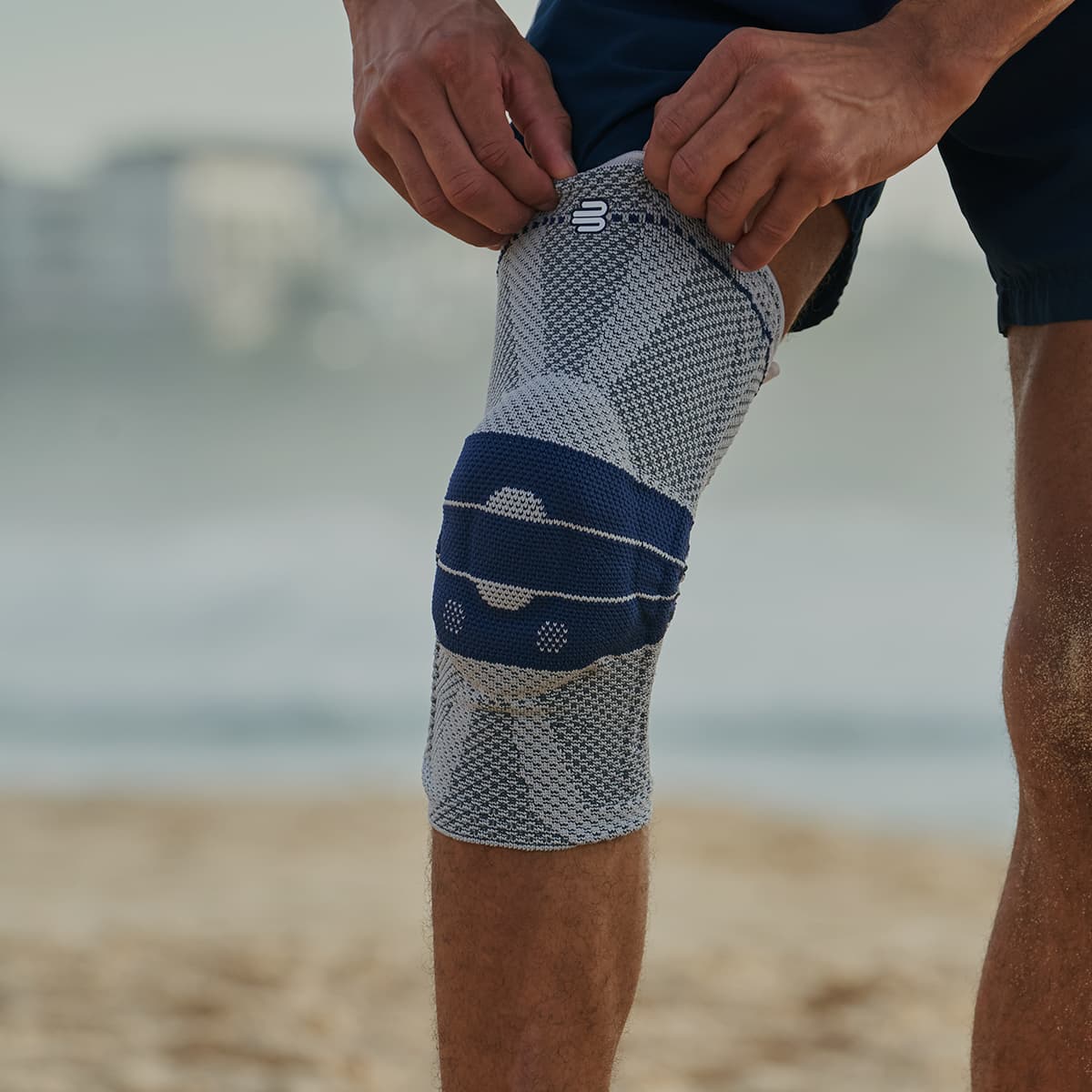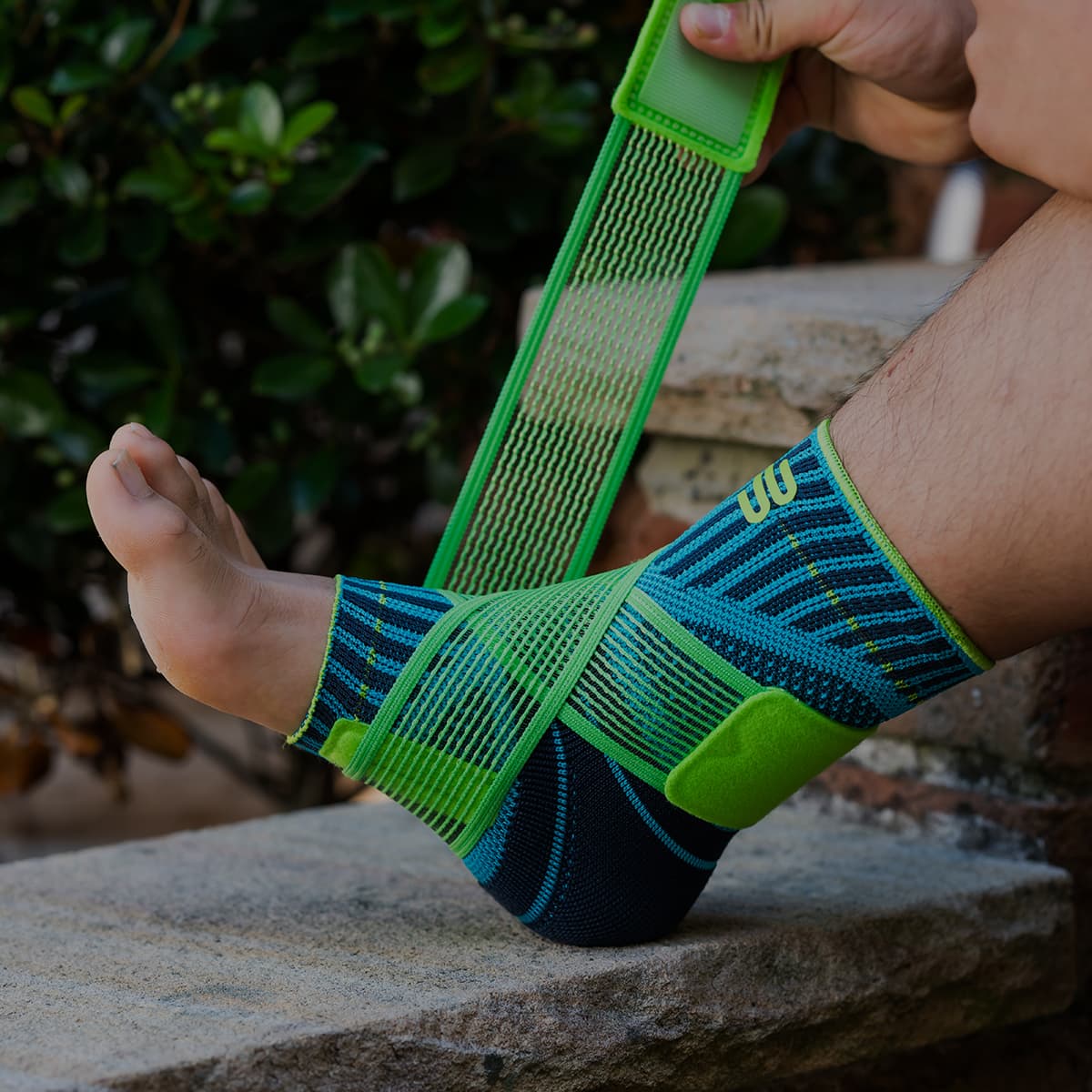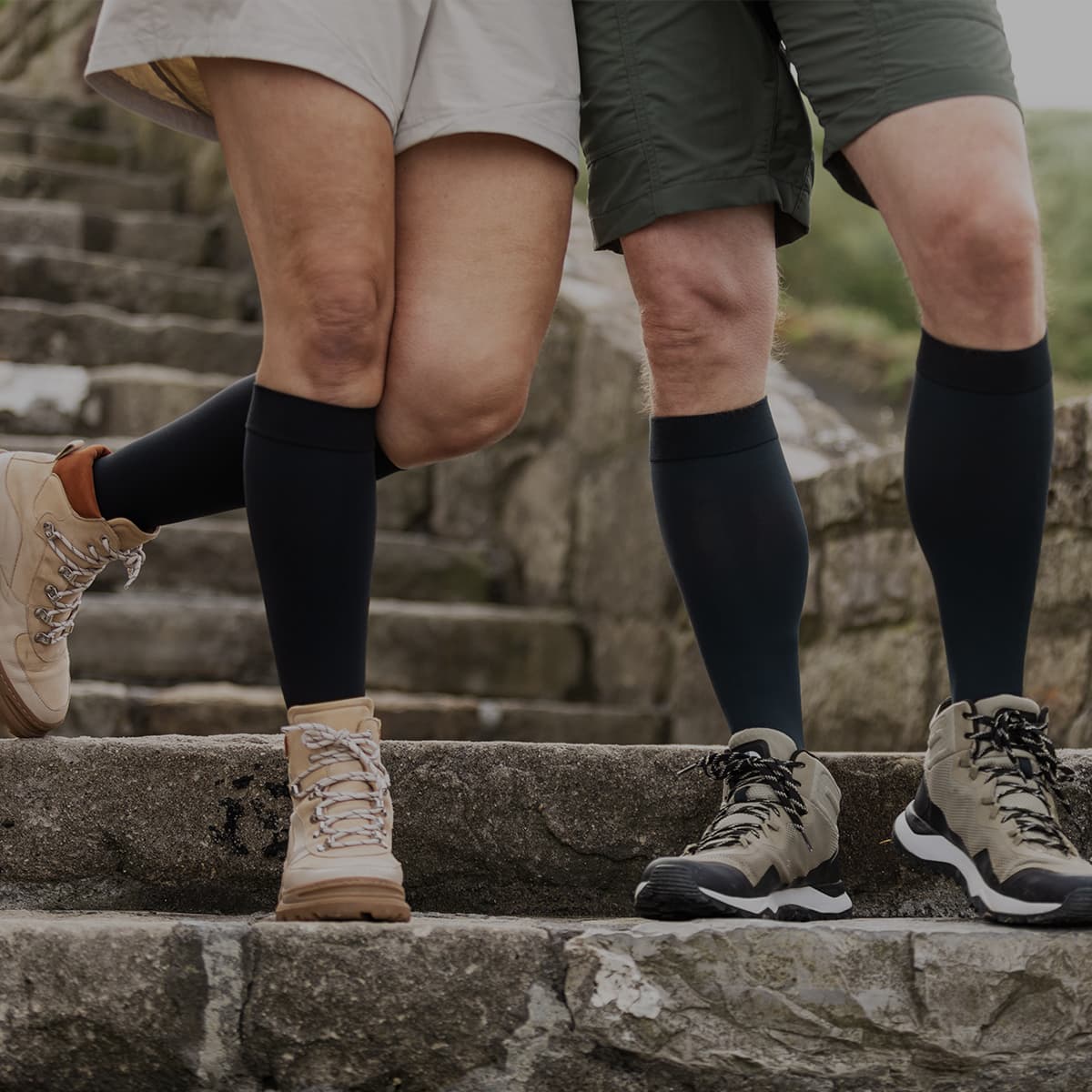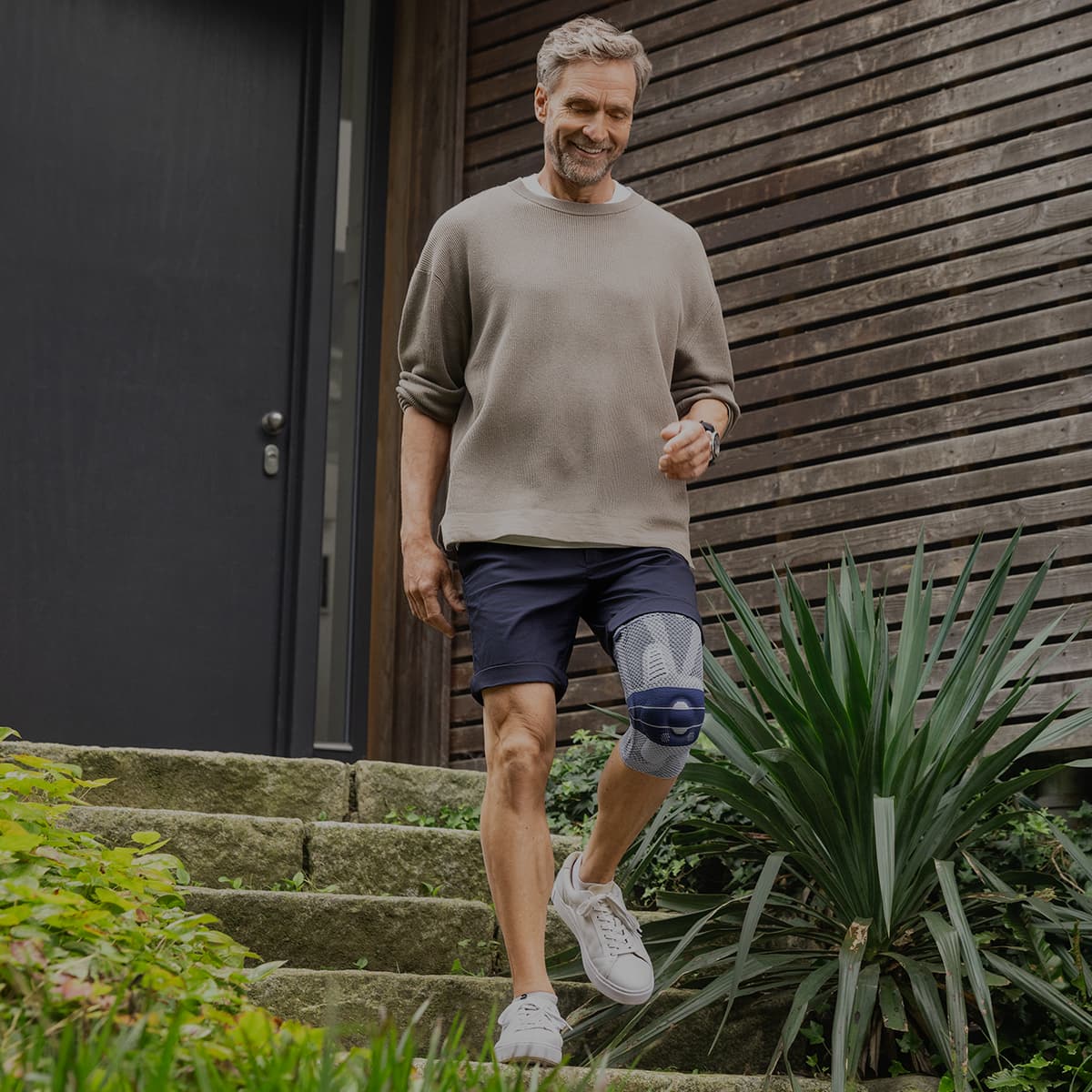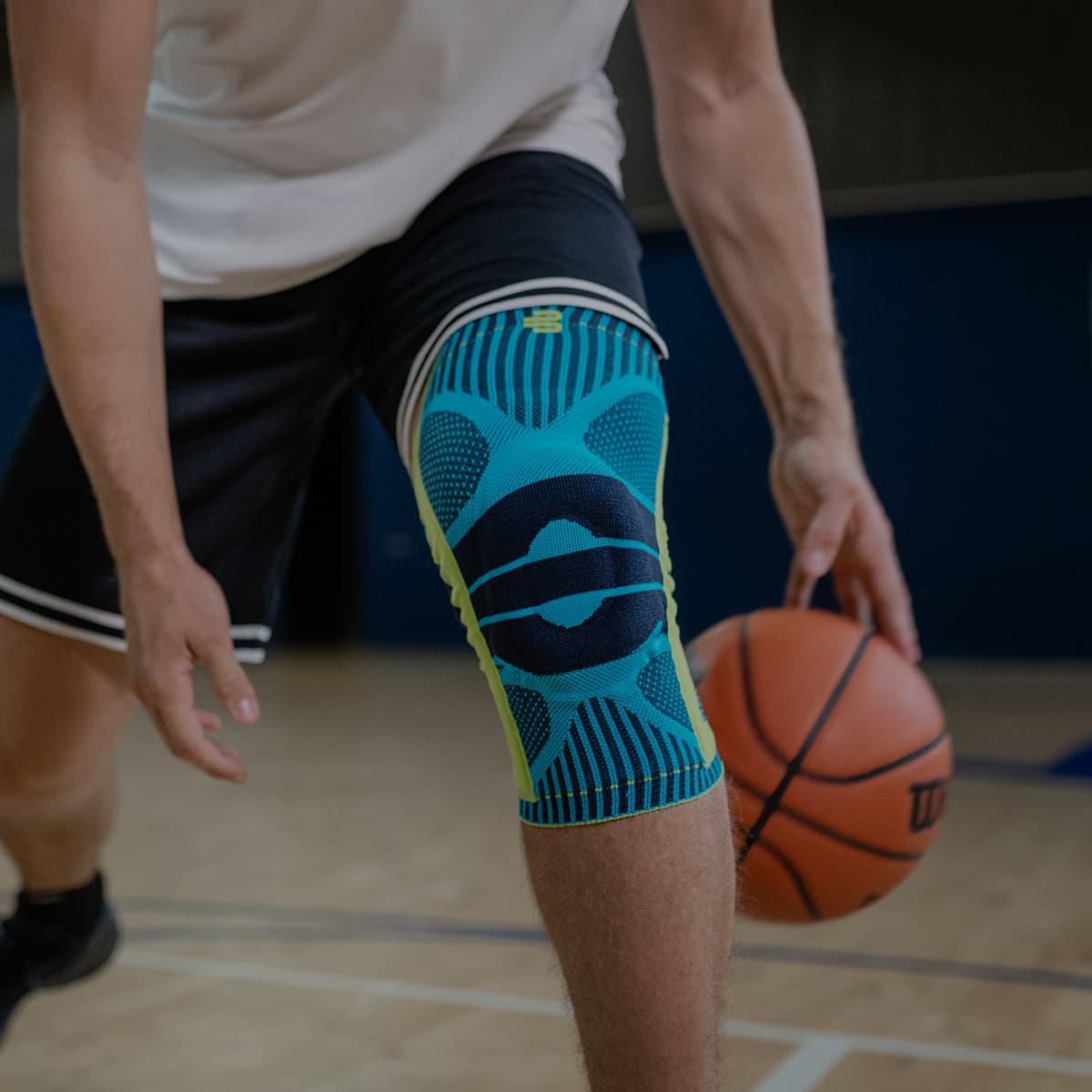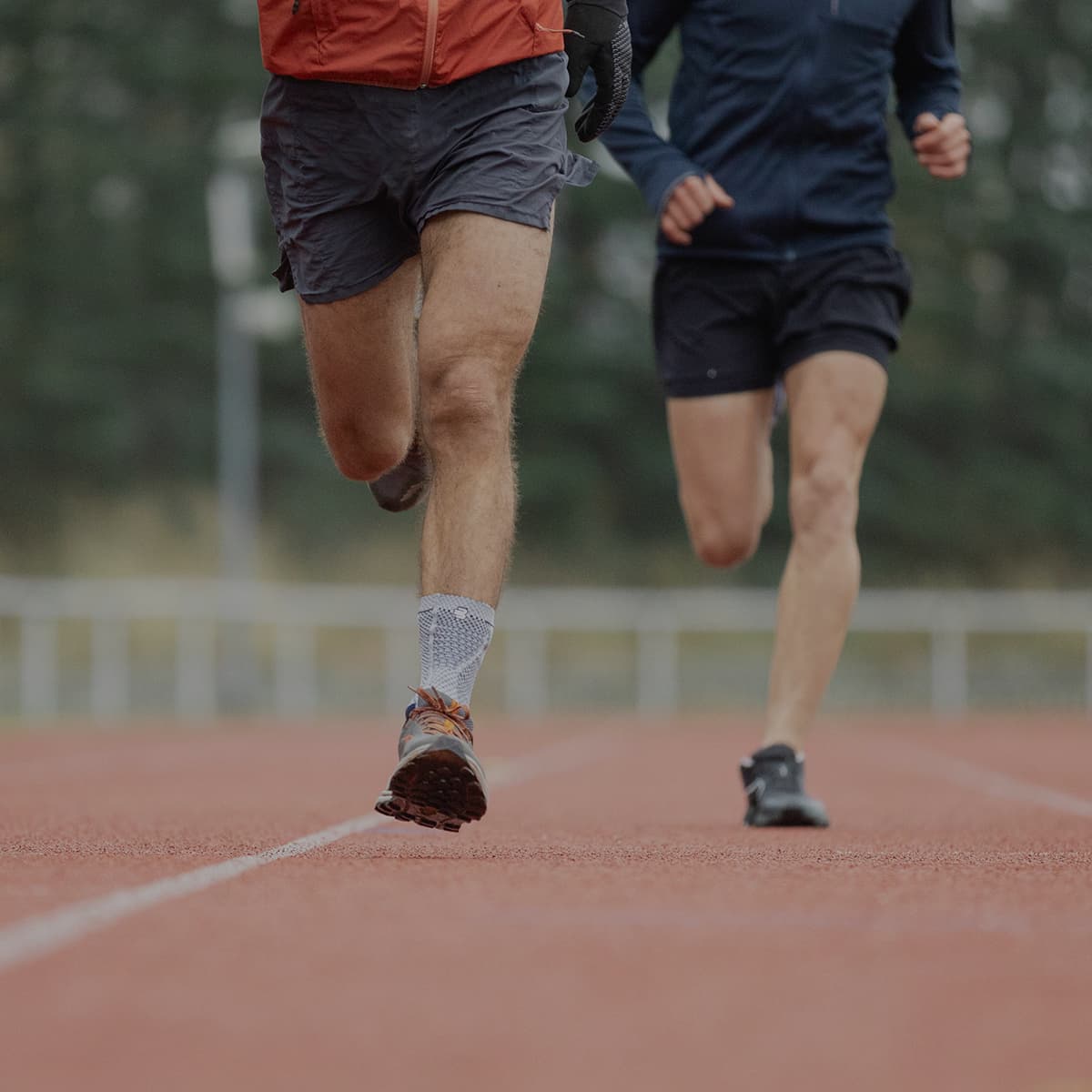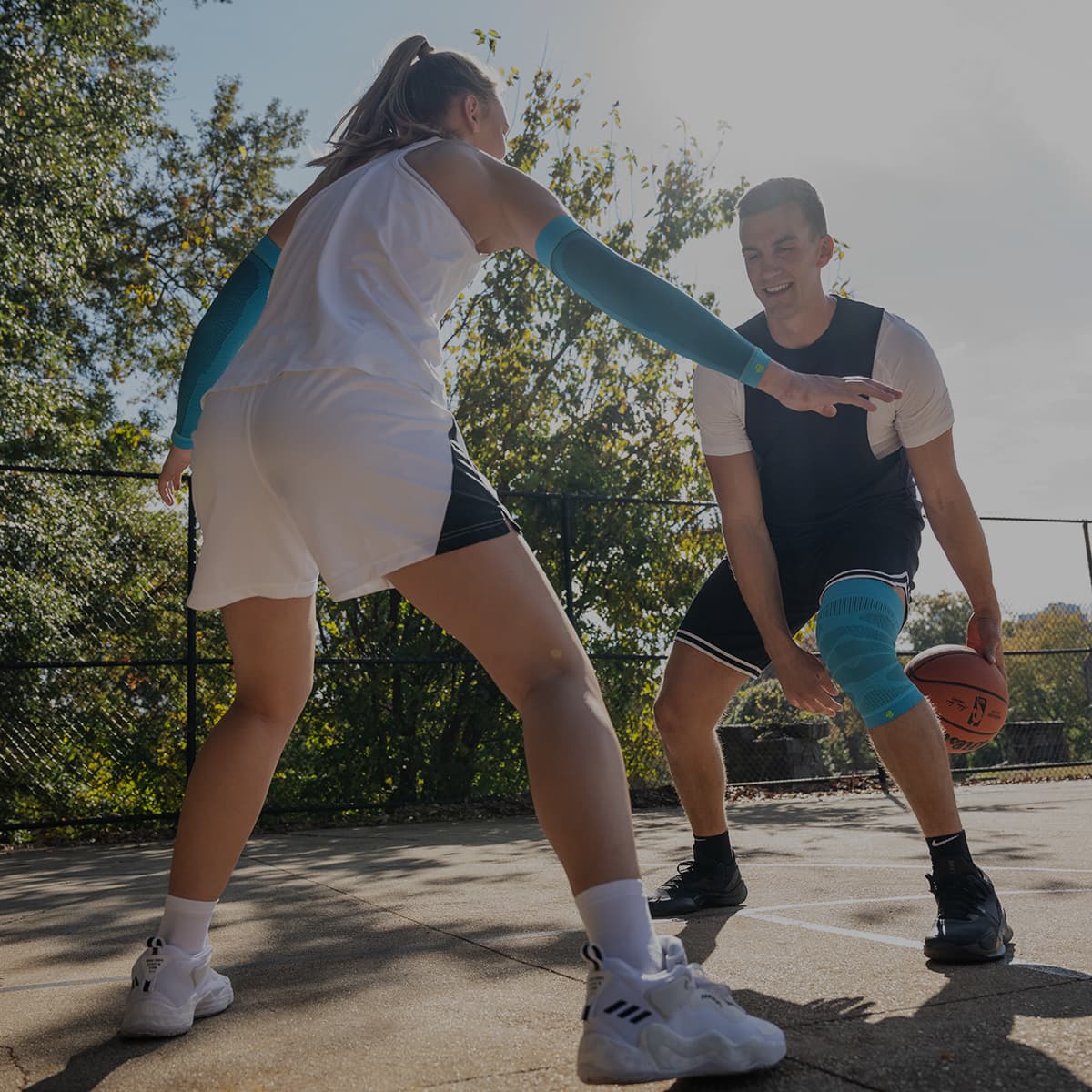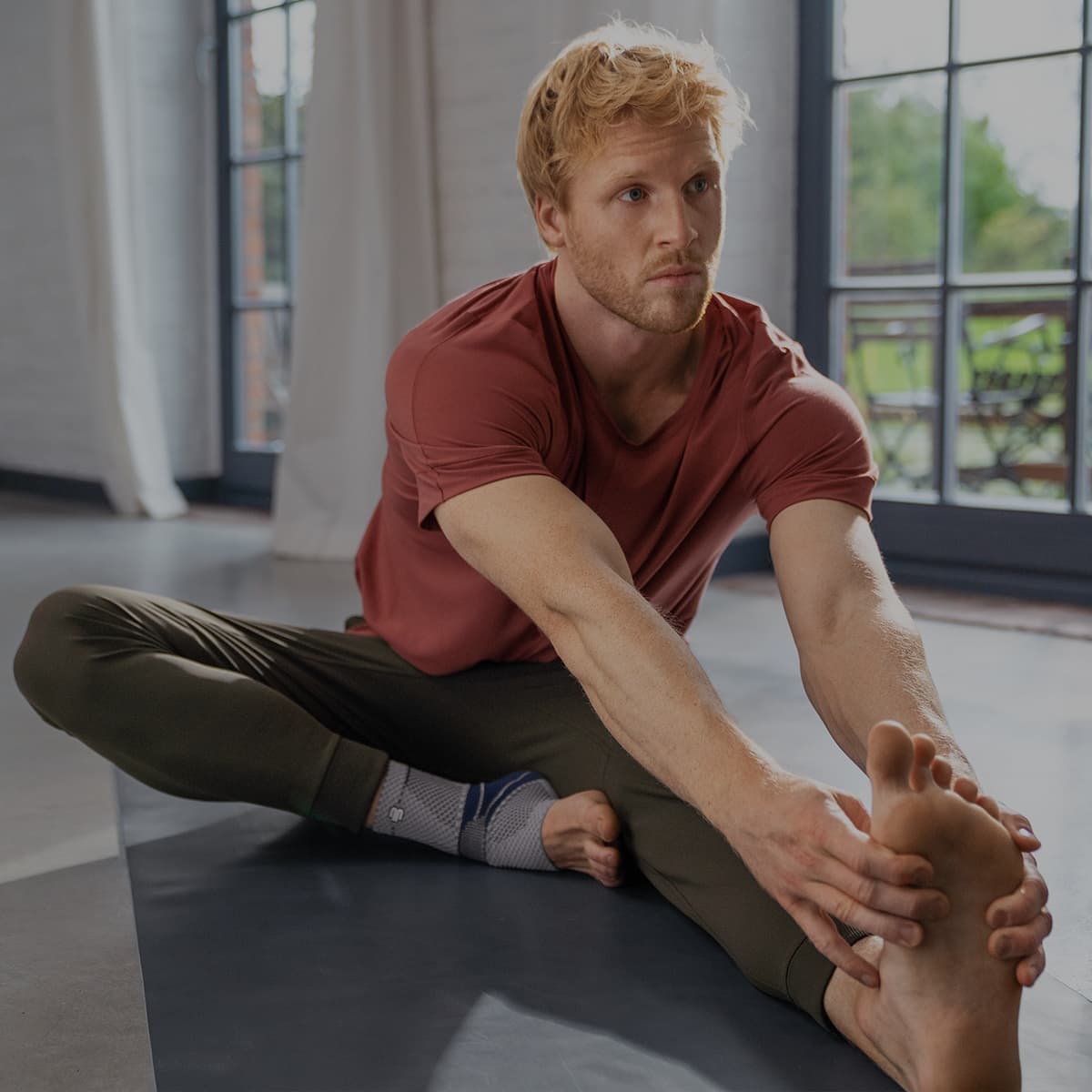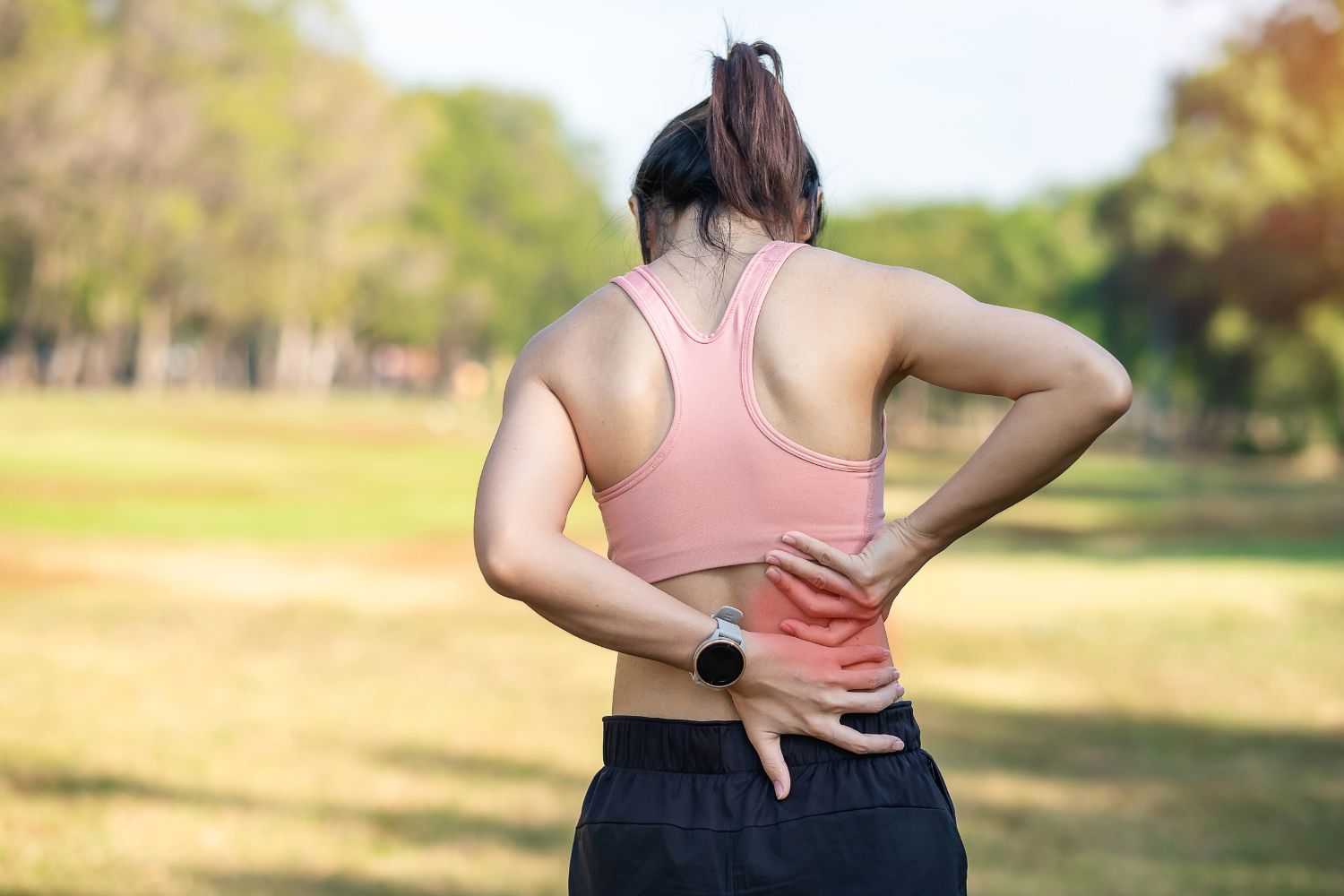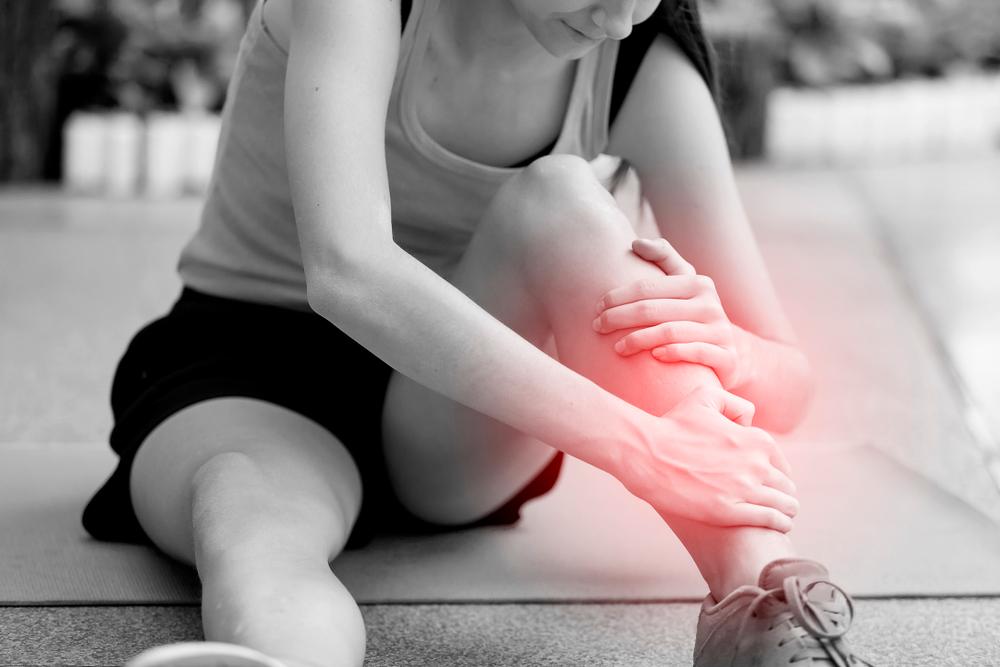It’s inescapable that COVID-19 has changed how we live our lives. With gyms either shut or operating with restrictions, a lot of people are finding creative ways to keep fit in and burn some iso-weight. To make sure you’re getting the most out of your workouts, and most importantly, preventing injury, we’ve pulled together three do’s and don’ts for exercise during COVID-19.
Getting back into running
When gyms first closed, there was a sudden increase in the number of people who started running again. Now with Melbourne back in lock-down and other cities on alert, running could again become the main source of cardio exercise.
Running can put a strain on many ligaments and joints in the body so with this sudden change in physical habit, it’s important to be conscious of the possible risks and maximise our efficiency.
To read more on this: Tips to start running again
Do: Wear a good pair of shoes and look at insoles
One of the best investments you can make for running is a good pair of shoes. Finding some that fit well, providing arch support and cushioning will ensure your feet are safe and comfortable while running. Going to a shop which custom measures your feet can be very useful.
Additionally, wearing a slim shaped pair of insoles like the Sports Run and Walk Insoles can also be effective. The unique, flexible orthotic core supports and guides the foot from below. It actively promotes the natural mobility of the feet, providing support during endurance sports and prevents injuries.
Tip: if you suffer from shin splints. Wearing lower leg compression sleeves will help!
Don’t: Push it on hard surfaces
The surface you run on can have an adverse effect on your feet. While concrete paths and asphalt may be readily available, running on such surfaces can lead to foot and knee pain, and is a common cause of runner’s knee (patellofemoral tendinitis).
While wearing good insoles and proper fitting shoes can help cushion some of this impact, it’s best to avoid these surfaces and run on grass, softer dirt or clay and other surfaces that absorb more of the shock.
HIIT workouts
HIIT (High-Intensity Interval Training) is a scientifically based method of short intervals of intense exercise to bring your heart rate up and get the most out of each movement. This can be done in a group session at a gym (think F45, for example), or more likely in the current climate, at home or at your local park. The exercises themselves can vary, but the method stays the same.
Do: Work your way up to it consistently
HIIT is a great way to get the most out of your exercise and is easy to do with minimal resources. However the physical strain is rather taxing, and for people who are not regularly exercising or out of shape, it’s best to move into it slowly to avoid injury.
Start with shorter intervals with longer breaks between them, making sure to warm up and warm down properly before and after each session.
A quality, medical-grade support can be the difference between finishing your workout strong or potentially suffering an injury.
The Bauerfeind Sports product line is designed specifically for athletes performing intense bursts of exercise. Made in Germany with the same quality craftsmanship that Bauerfeind is known for, the Bauerfeind sports supports are 30% lighter for a cooler, more comfortable workout.
Read more: Best compression for HITT workouts
Don’t: Rely on it for all fitness
While it’s proven to be greatly effective at aerobic exercise specifically, HIIT doesn’t really target the other key fitness areas (strength, flexibility or balance). Incorporating HIIT into your exercise regime is beneficial, but should be combined with other exercises for a holistic fitness. Some simple things to do at home to target these other areas are
- Yoga for flexibility
- Lifting weights at home or using resistance bands for strength
- Tai Chi poses for balance

Exercising with old injuries
Anyone over the age of 30 likely has an older injury or condition that flares up with exercise and activity. It could be a niggling ache in your knee, an ankle that keeps rolling or an unstable wrist. Whatever the issue, it’s something that can easily put you out of action if it flares up again, especially with a new workout.
Do: Combine supports with stretching
Often previous injuries don’t fully recover, leaving the affected area more vulnerable to stress. All it takes is stepping wrong for an old ACL knee injury to buckle.
By using a support or brace on the joint, be it wrist, ankle, knee or something else, you create an extra level of stability and support to provide confidence. Combining this with stretching before and after the exercise means you can focus on the workout, not the injury.
Find a brace or support for you here: Shop by body part
Don’t: Overstrain the injury
Okay, so this might seem like common sense. But it’s important to note that often with an old injury, we can think it’s best to try and strengthen the joint directly. While it’s important to keep it in use and move the injured area, stressing it can often cause a re-injury.
The best thing to do is target the muscles that support that area and strengthen them instead (for example, with injured ligaments or meniscus, strengthen your glutes, quads and hamstrings to protect it).
Try our YouTube channel for regular at-home exercises which are specifically designed to strengthen the muscles post-injury.

For assistance selecting the right product for your needs, book a video consultation with a Bauerfeind expert: Book Video Call, or call us on 1300 668 466.
Do you have private health? Most private health extras will cover Bauerfeind Products, check to see if yours is included. Bauerfeind Private Health Insurance Enquiry.
Bauerfeind products are developed at our innovation and manufacturing facility in Zeulenroda, Germany. Based on years of scientific research, our award-winning braces and support garments are highly recommended by medical professionals and athletes worldwide.

